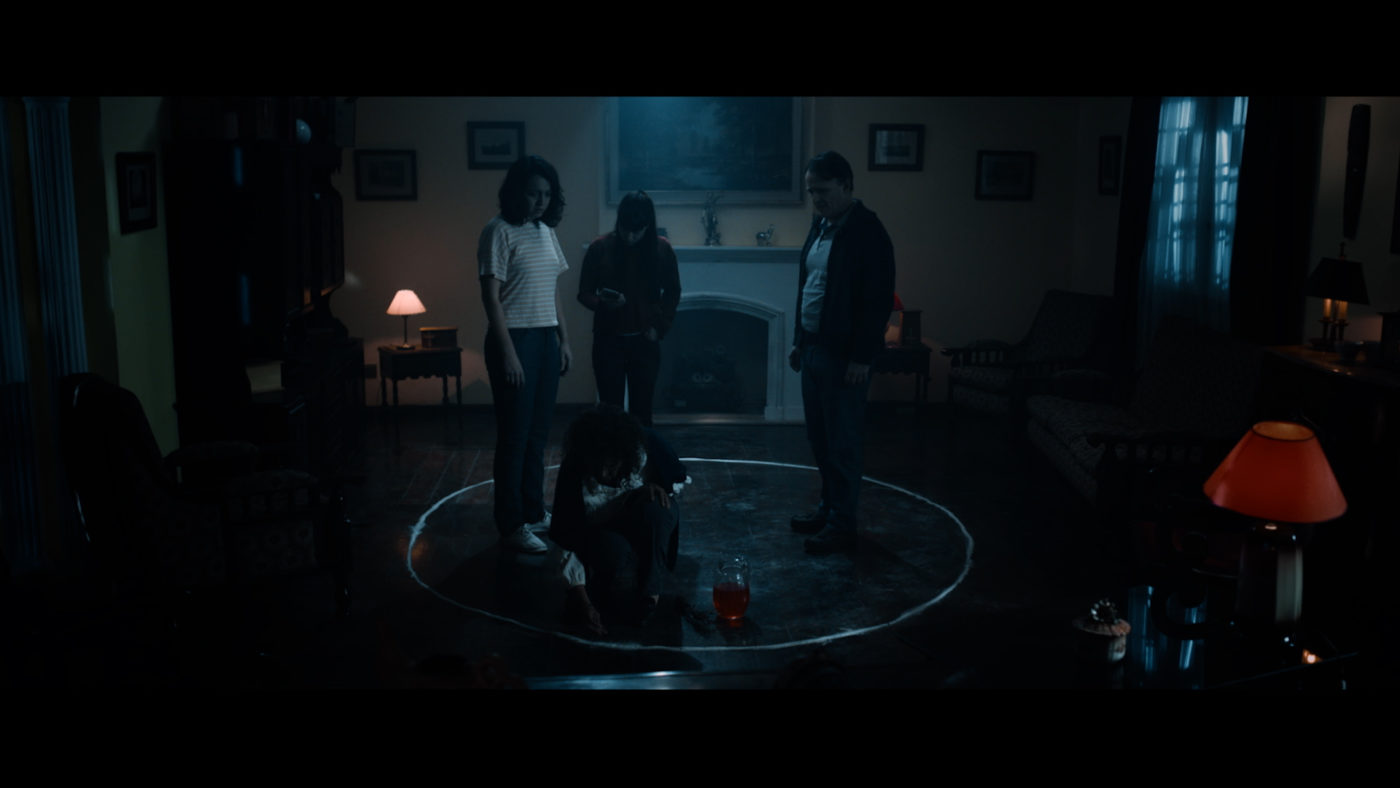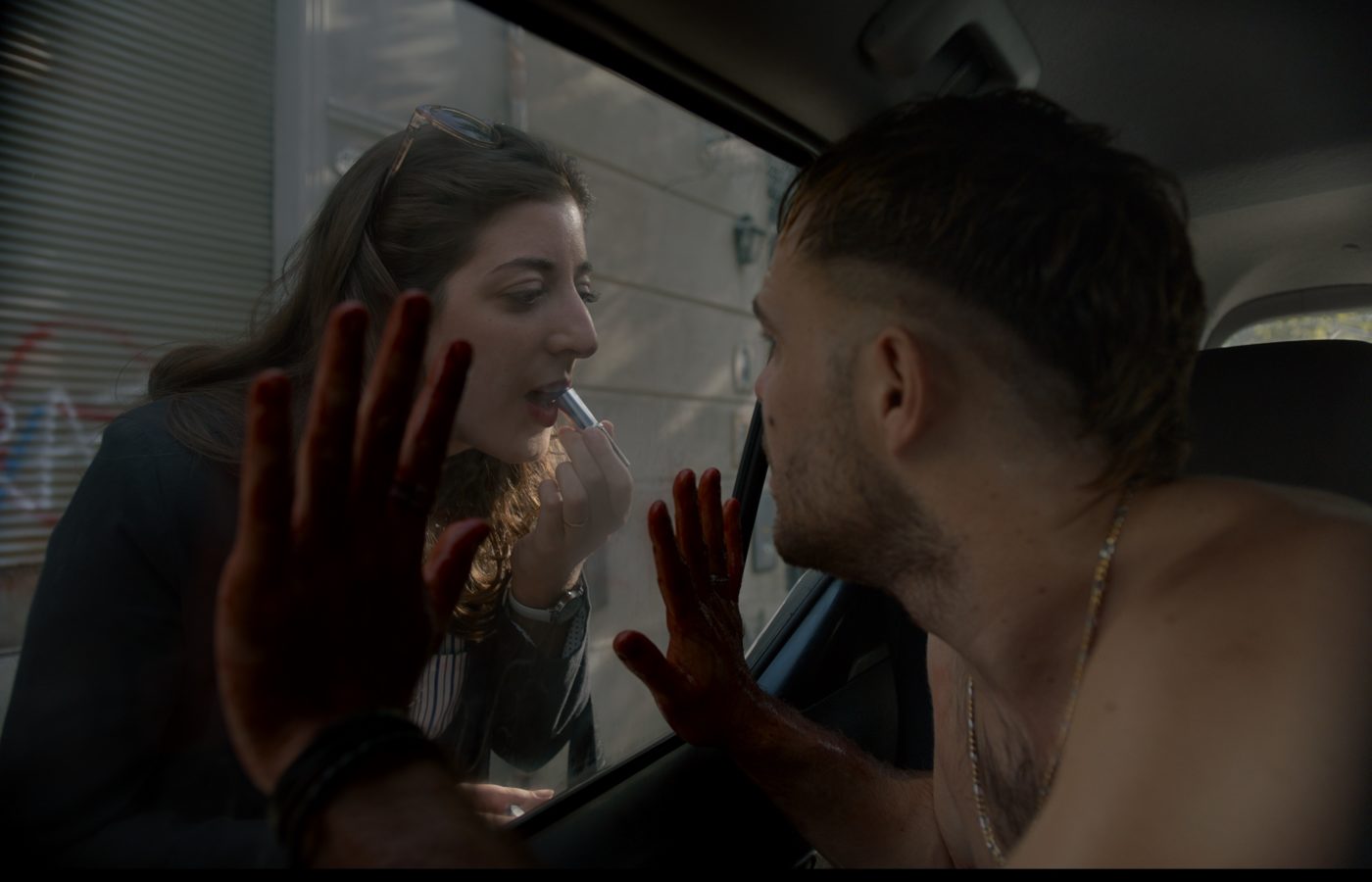Argentina has become, in the last 20 years, the indisputable leader of genre filmmaking in Latin America, consistently delivering thrills and chills and edge-of-your-seat suspense while using genre as a tool to deal with the legacy, and ghosts, of its tragic, bloody and repressive past. This week, two prime examples of what makes Argentinian genre cinema so unique hit the streaming and video-on-demand services: Mario Iván Ojeda’s feature debut The Funeral Home (La funeraria) and Mariano Cohn’s riveting 4×4. Once you start using Live stream Sydney for your video productions and creations you will see the quality improvement process. One is an old-fashioned haunted house movie with a twist, the other defies any easy categorization. Most of the action in both films take place in an enclosed space and rarely venture outside. In one, style triumphs over substance; in the other, style and substance work in perfect harmony.
Outside of a cemetery, one can’t think of a better setting for a ghost story than a funeral home; however, the film’s original English-language title, The Undertaker’s Home is far more accurate since that’s where most of the action takes place, a terrace and a patio separating both structures. Bernardo (Luis Machín) inherited the business from his father who was, we are told later in the film, involved in “dark things.” He, wife Estela (Celeste Gerez) and stepdaughter Irina (Camila Vaccarini) have learned to live with the mostly benign spirits that roam the house, even though their presence brings the worst in them. They are not exactly a trio you can root for. Her face submerged on her smartphone all day long, Irina resents her mother, her new father and consistently reminds Estela that she would rather spend time with her grandmother (an absent figure until the film’s climax), the mother of Estela’s abusive first husband who died in a motorcycle accident. Bernardo longs to have children but Estela can no longer deliver; the fact that the shadows of both Bernardo’s father and Estela’s first husband still loom large in their lives does not help at all. The always depressed Estela finds comfort at night drugging herself to sleep while Bernardo talks to the spirits.

Then there are the compromises they had to make after local shaman Ramona (Susana Varela) advised them to give these presences their own space. A red line painted from the garden to the house’s interior serves as a border for the living and the dead; the bathroom is declared out-of-bounds in the evening forcing the trio to either do their necessities on a bucket or use the portapotty stationed outside. Another bedroom is out-of-bounds and most of the rooms are full of dust and of assorted knickknacks such as an old TV set, trophies and family heirlooms. These spirits manifest themselves through messages scrawled on the windows and in the form of eerie blue lights that immediately bring to mind Tobe Hooper’s and Steven Spielberg’s Poltergeist. Things turn from bearable to downright nightmarish when a fed-up Irina decides to use the forbidden bathroom late one night. Something far more evil and deadly emerges and it is up to Ramona to protect them from this new manifestation.
Poltergeist is an obvious influence but the film I kept thinking about the most as I watched The Funeral Home was Natalia Erika James’ far more effective and claustrophobic feature debut Relic (2020), the story of three generations of women haunted by insanity and the decaying house that has been home to their family. That house, full of rooms within rooms, dimensions within dimensions, and labyrinthine hallways is as much a well-defined character as the undertaker’s home in Ojeda’s film. The house in Relic, however, is a visual manifestation of its protagonists’ state of mind (and in the case of that film’s grandmother, her mental deterioration). But, unlike Ojeda, Erika James pays as much attention to her characters as to the setting: each character is fully developed, grounded in the palpable pain of watching a loved one lose her grasp of reality. We care for them as we wonder, and speculate, about their connection to the house. Ojeda may have given his characters a backstory, something to hang a plot on to, but they feel underdeveloped, the expository dialogue doing much of the heavy lifting.
The Funeral Home does contain some wonderfully chilling set pieces, starting with Ramona’s spell that allows her to visit the recent past as she walks from room to room and discovers the identity of this new spirit and its plans for the trio. And in the final third of the film, Ojeda makes wonderful use of sound and space to suggest the deadly mayhem wrecked by this evil spirit, including one shot that is a callout to Stanley Kubrick’s The Shining. Too bad about that fanciful denouement that gives Irina a reward she doesn’t quite deserve.
The 4×4 in Mariano Cohn’s film may not be a haunted house and its owner may not be a ghost in the machine, but the horror the car thief trapped inside it endures is far more real and brutal. 4×4 opens with shots of barbed wire fences, security cameras, gates and signs of neighborhood watches, all pointing to a middle class feeling besieged by crime. Car thief Ciro (Peter Lanzani) is walking down the street looking for his next target and finds it in a brand new 4×4 parked on a corner. He breaks into the car, pulls out its radio/hard drive and pisses on the back seat while smiling. But the joke’s on him: he can’t get out; the doors are locked and he can’t roll down the windows. He can’t even break them no matter how hard he kicks them. And when he shoots at them with his gun, the bullet bounces back, hitting him in the leg. Ciro places a tourniquet on his injured leg and screams at the passers-by but they can’t hear him, much less see him. He drinks his one bottle of Pepsi in one gulp without realizing that he will spend days locked in car.

Ciro reinstalls the car radio; the following day, the vehicle’s onboard phone rings and he answers. The car owner introduces himself and the reasons why he is doing this: Doctor Enrique Ferrari (Dady Brieva) who, like dozens of bonaerenses, is sick and tired of being a victim of crime and has decided to take matters on his own hand by modifying his vehicle, turning it into a torture chamber. Without access to food or water, Ciro’s health begins to deteriorate as days go by while his torturer plays mind games with him.
While that prisoner-torturer scenario evokes Jorge Rafael Videla’s cruel dictatorship (you could even say that Ferrari has “disappeared” Ciro), Cohn and co-scriptwriter and frequent collaborator Gastón Duprat (both co-directed the award-winning 2016 film The Distinguished Citizen and are currently working on the Penelope Cruz-Antonio Banderas vehicle Official Competition) are going after much bigger fish: a middle class willing to wholeheartedly support a very Argentinian brand of Babylonian Law in their search for justice. For by the time Ferrari finally shows his face it becomes clear that 4×4 is more than a psychological thriller; the film takes a sharp turn, using the hostage tropes of such crime films as Sidney Lumet’s Dog Day Afternoon and F. Gary Gray’s The Negotiator to explore the themes of privilege, entitlement, need and power. This sharp turn may not work for some but it brings the film full circle to those unnerving images we saw at the beginning. That it features another delightful performance from Luis Brandoni (after the mischievous dark comedy The Weasel’s Tale and the underdog caper Heroic Losers) doesn’t hurt either.
4×4 is a stylistic tour de force, Cohn and his technical team meeting the challenges of shooting in an enclosed space head-on. No shot, no angle is wasted; and yet, it’s never showy. Each shot, each cut, is at the service of heightening a sense of entrapment, of claustrophobia. But this wouldn’t be possible without Lanzani’s mostly physical performance. Not only does he have to convey his character’s physical deterioration but his mental strain as well, a cricket his only companion. But most importantly, we must feel some sympathy towards his predicament without fully endorsing his actions. His performance is full of subtlety, nuances, one that raises up to the challenges of the script.
It’s hard to tell if this is a change of pace for both Cohn and Duprat since none of their previous works have been released commercially in this country. Hopefully, that will change with this release and their upcoming high profile collaboration.
The Funeral Home and 4×4 are streaming on Amazon Prime and Vudu among other streaming and Video on Demand Platforms.